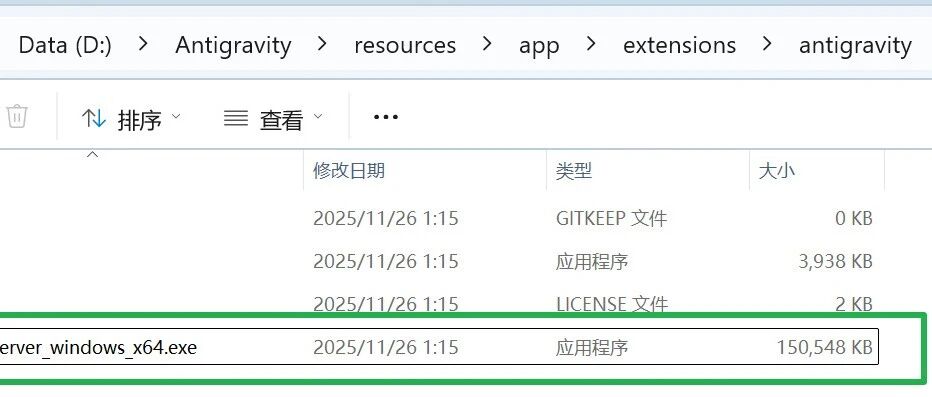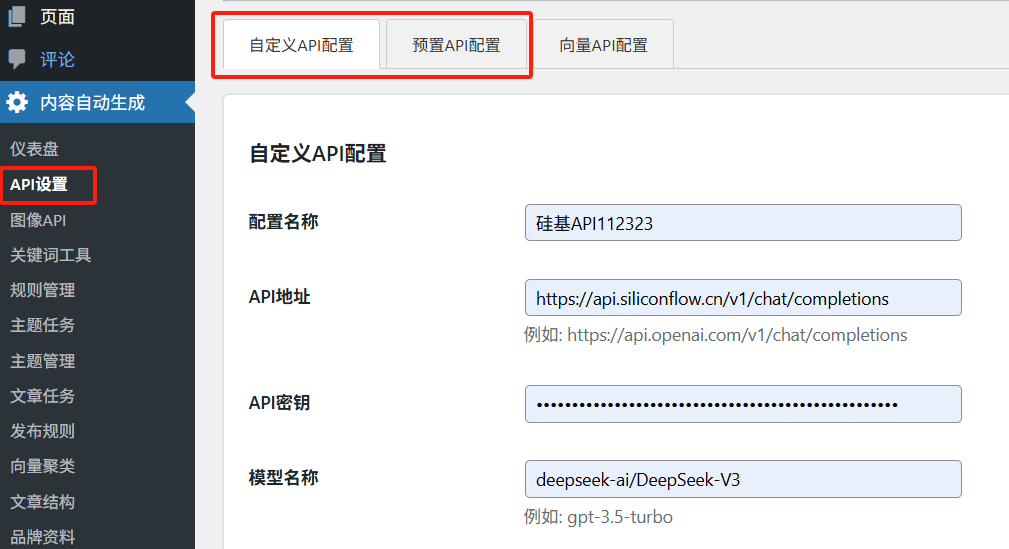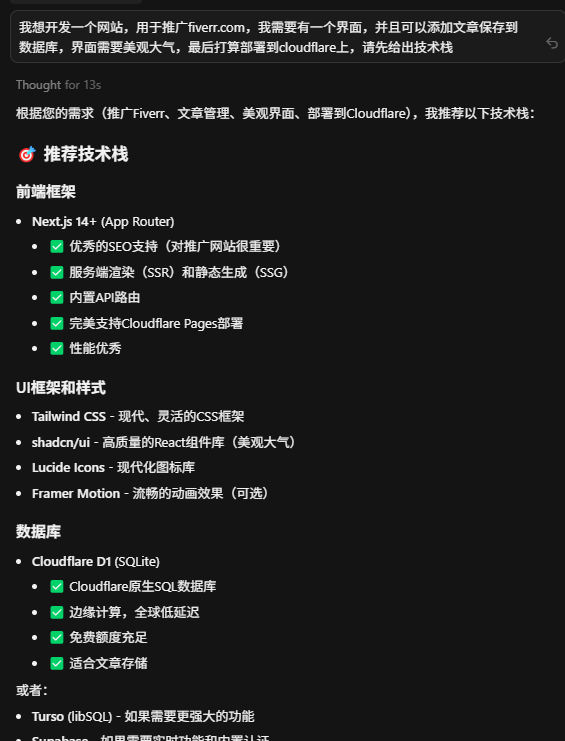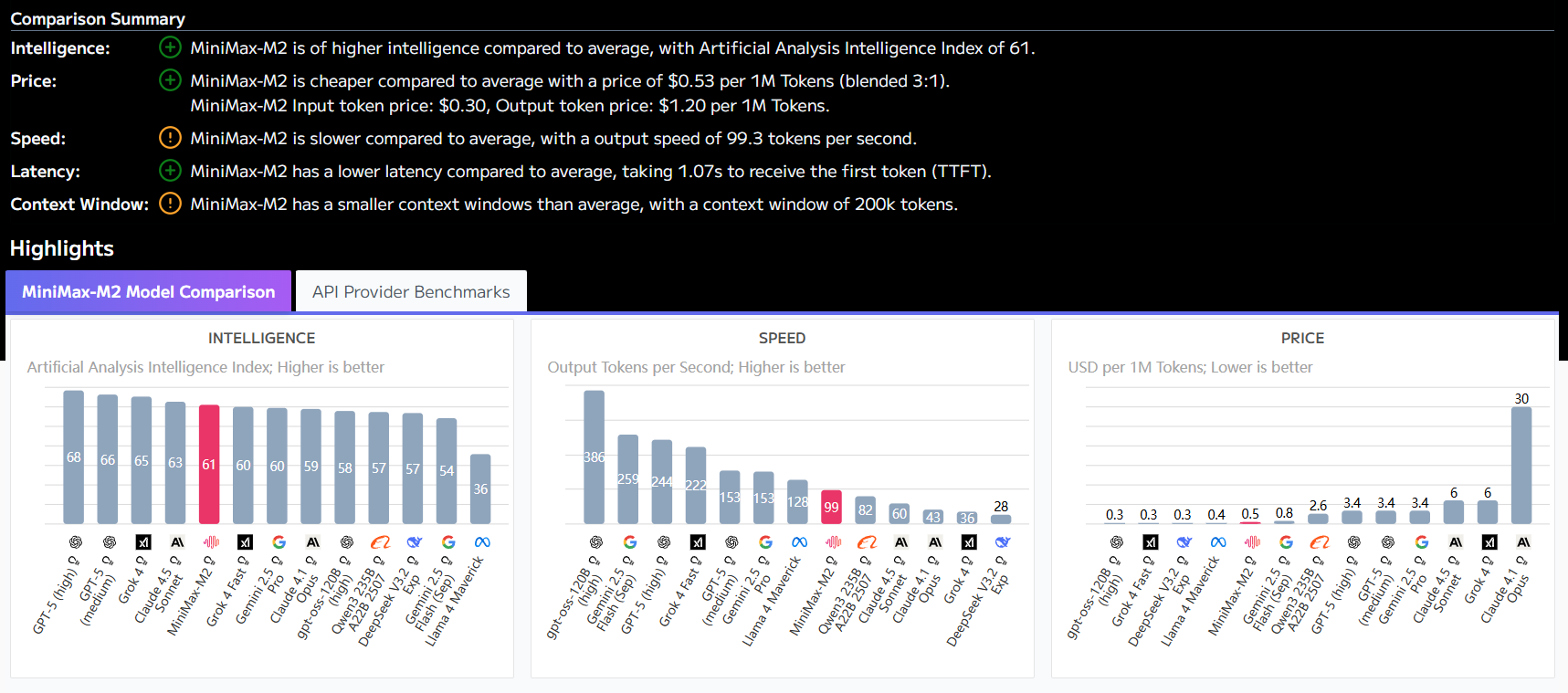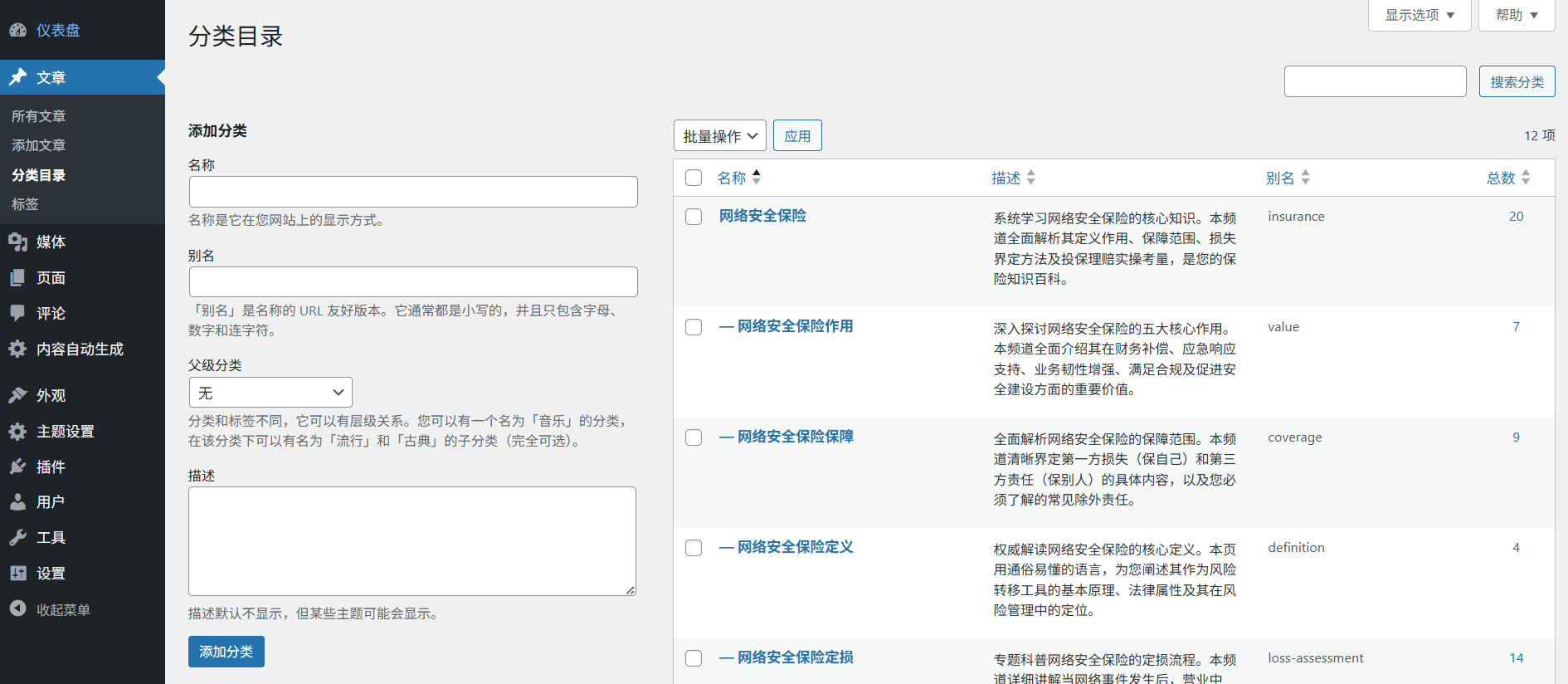Explanation of Core's Knowledge Graph Functionality
Core's most prominent innovation is its knowledge graph generation mechanism. This feature automatically transforms fragmented text or conversation records entered by users into structured memory nodes, which can establish associative relationships between them to form a visual knowledge network.
Key Benefits of Knowledge Graph
- Intelligent Processing: Automatically extract key information from text and create metadata
- multidimensional association: Supports manual or automatic connection of different memory nodes
- visualization: Demonstrate interconnections between concepts through a graphical interface
- Quick Search: Support keyword search to locate relevant content
Sample application scenarios
In research scenarios, researchers can store key findings from different literatures as memory nodes and analyze the logical associations of these findings through Core. In product development, teams can categorize and store user feedback to form a requirements analysis map. Students, on the other hand, can organize scattered study notes into a systematic knowledge network.
Technical realization features
Core's knowledge graph generation relies on NLP technology to analyze text semantics and uses a graph database to store node relationships. Users can query and edit through APIs or visualization dashboards to achieve efficient knowledge management.
This answer comes from the articleCore: a tool for personalized memory storage for large modelsThe













